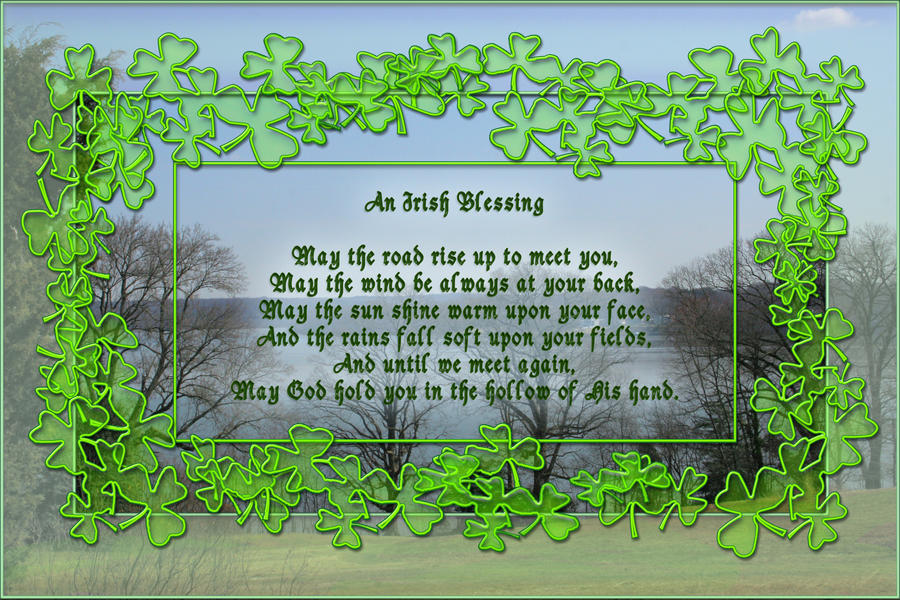If Batman answered building he'd be correct, but on your first visit to the Milwaukee Art Museum you might be as confused as Robin! First time visitors are usually stunned to see what looks like a giant white bird getting ready to take flight and soar over Lake Michigan. The point (prow) of the museum is also evocative of a sailing ship and that seems appropriate, as the museum is located right on the shore of the beautiful and mighty lake.Since I am drawn to art museums in the same way that words on a page entice me to enter the story, you can imagine how excited I was to visit this beautiful building again.

The War Memorial Center, completed in 1957, was designed by Finnish-American architect Eero Saarinen to create a new home for two previously separate art collections and a veterans’ memorial. The modernist building is shaped like a floating cross, with wings cantilevered from a central base. The graceful Quadracci Pavilion is a sculptural, postmodern addition designed by Spanish architect Santiago Calatrava. Highlights of the building are the magnificent cathedral-like space of Windhover Hall, with a vaulted a 90-foot-high glass ceiling; the
Burke Brise Soleil, a moveable sunscreen with a 217-foot wingspan that unfolds and folds twice daily; and the Reiman Bridge, a pedestrian suspension bridge that connects the Museum to the city. What a stunning addition to the downtown landscape.

My friend and I had a mighty fine time wandering through not only the permanent collection but also two special exhibits currently on display, one on American folk art and a ceramic arts exhibition. As many times as I've written about my affinity for this artist, you can probably guess correctly that I was itching to get to the impressionism gallery. I have to admit, though, that I was a little disappointed, as the museum only has one Monet and it's not one of my favorites. Titled Waterloo Bridge, Sunlight Effect (1903) it has an industrial feel to the painting with the smokestacks that just doesn't charm me in the same way as his series of haystack paintings do.
I did admire this lovely Sunset Landscape (1855) by Theodore Rousseau, though. The colors were breathtaking and so intense. Since I have a whole wall of sunset photos and artwork on one of bedroom walls, my affinity for this picture didn't surprise me.
Tomorrow I'll share a few highlights from two special exhibits on display, and give you a peek at the two items I found in the museum gift shop--completely disparate and yet both promise fun! At one point my friend and I put our feet up in a small enclave and looked out the huge panes of glass at Lake Michigan, watching the ducks bobbing on the waves and the seagulls soaring in the cloudless sky. Poet Robert Creeley must have had a similar view when he penned this poem, The Birds. I hope you enjoy it.
I'll miss the small birds that come
for the sugar you put out
and the bread crumbs. They've
made the edge of the sea domestic
and, as I am, I welcome that.
Nights my head seemed twisted
with dreams and the sea wash,
I let it all come quiet, waking,
counting familiar thoughts and objects.
Here to rest, like they say, I best
liked walking along the beach
past the town til one reached
the other one, around the corner
of rock and small trees. It was
clear, and often empty, and
peaceful. Those lovely ungainly
pelicans fished there, dropping
like rocks, with grace, from the air,
headfirst, then sat on the water,
letting the pouch of their beaks
grow thin again, then swallowing
whatever they'd caught. The birds,
no matter they're not of our kind
seem most like us here. I want
to go where they go, in a way, if
a small and common one. I want
to ride that air which makes the sea
seem down there, not the element
in which one thrashes to come up.
I love water, I love water -
but I also love air, and fire.
Happy second day of spring!!








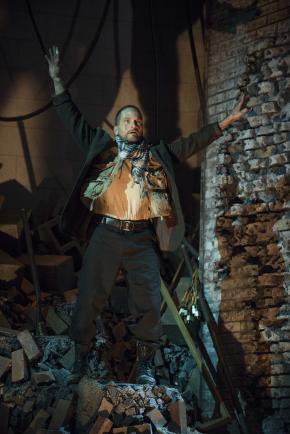







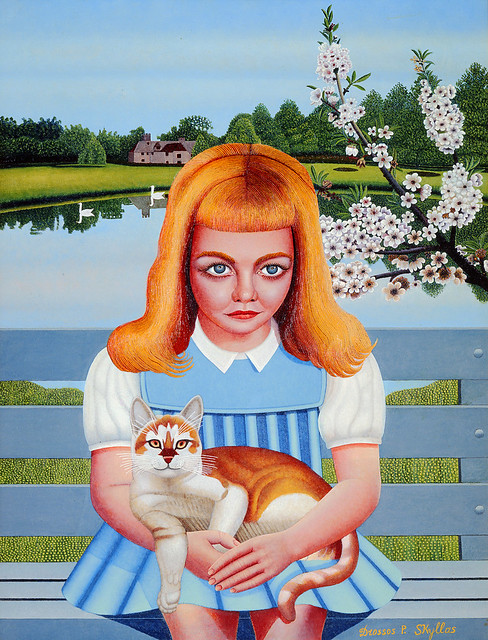

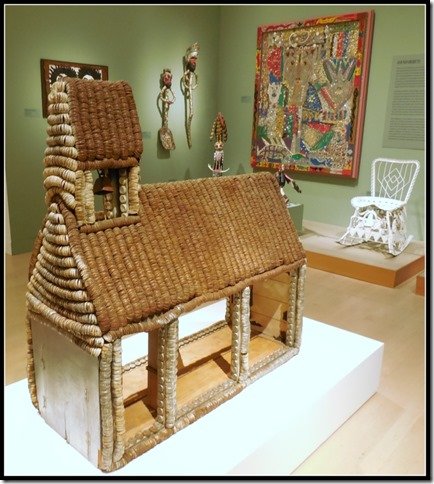
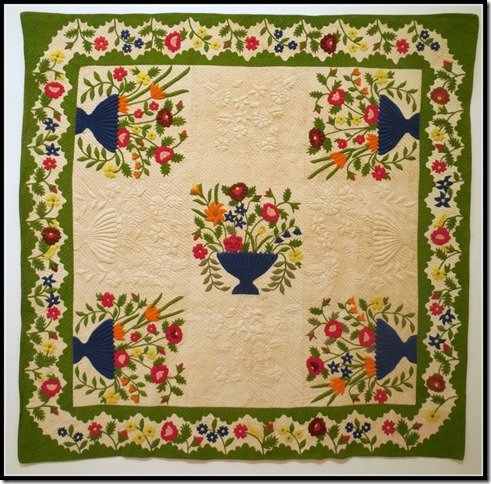
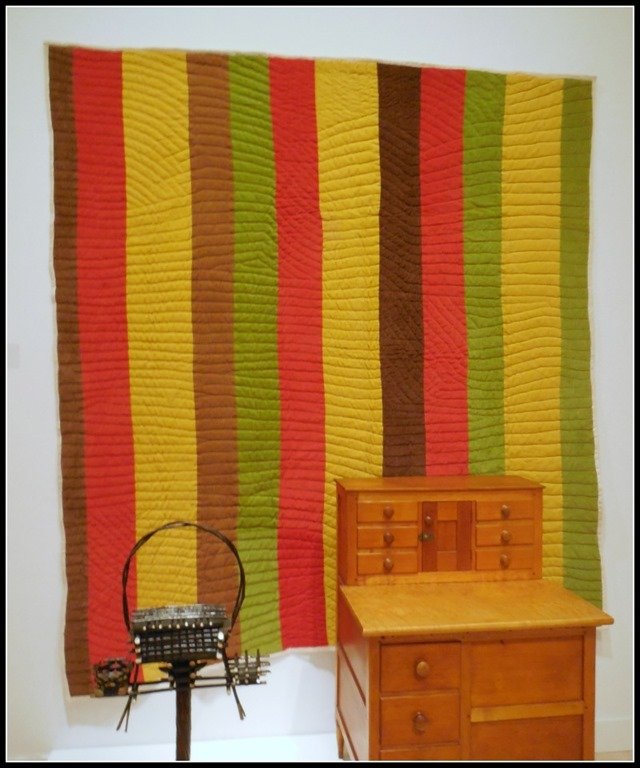

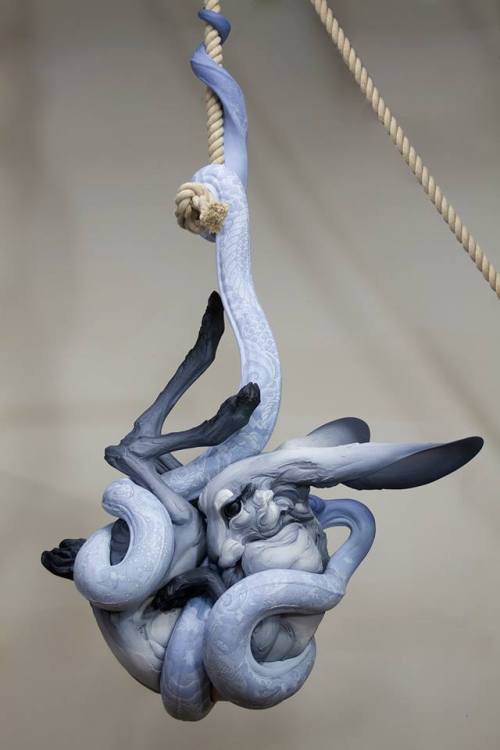



.jpg)







